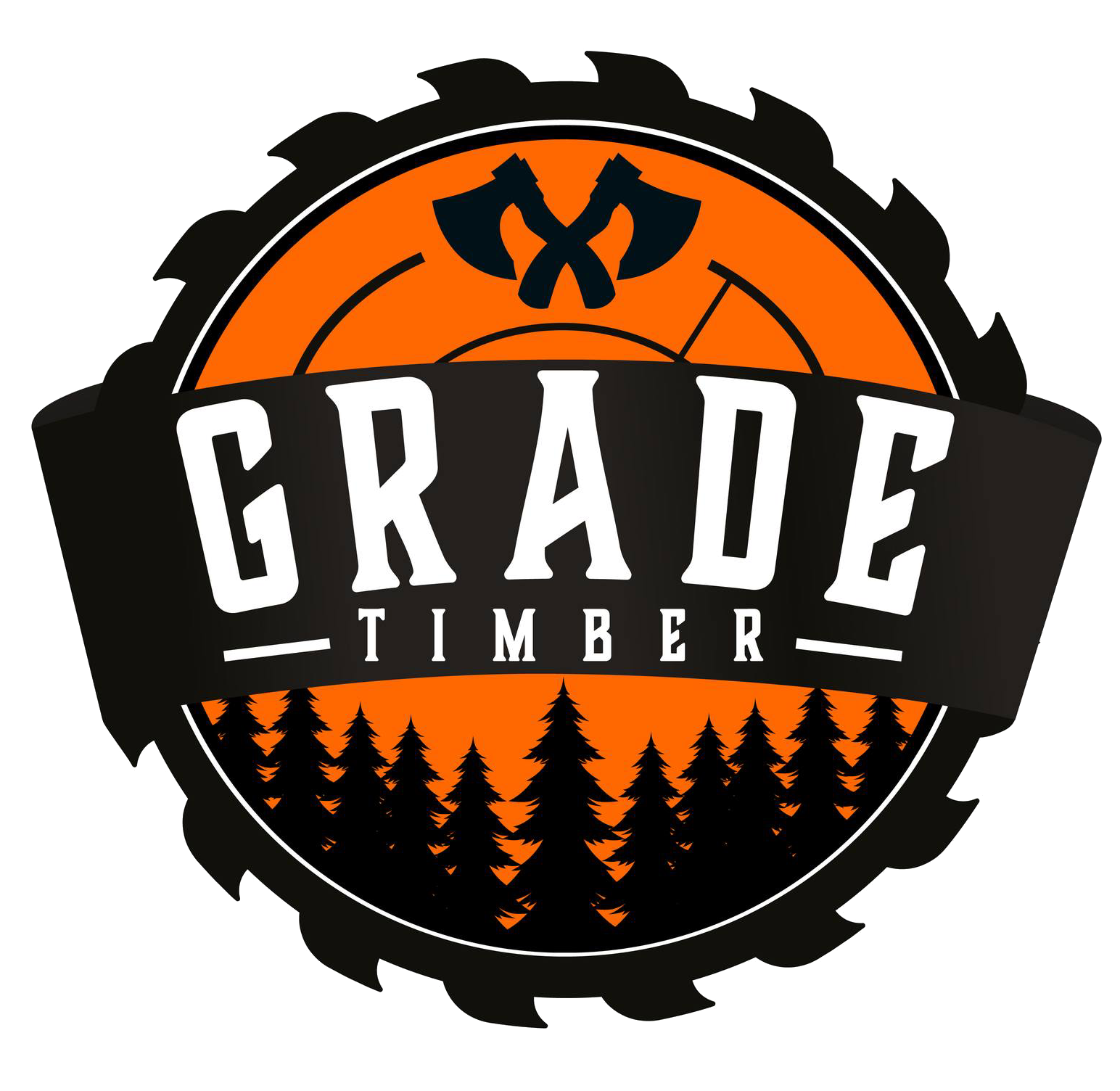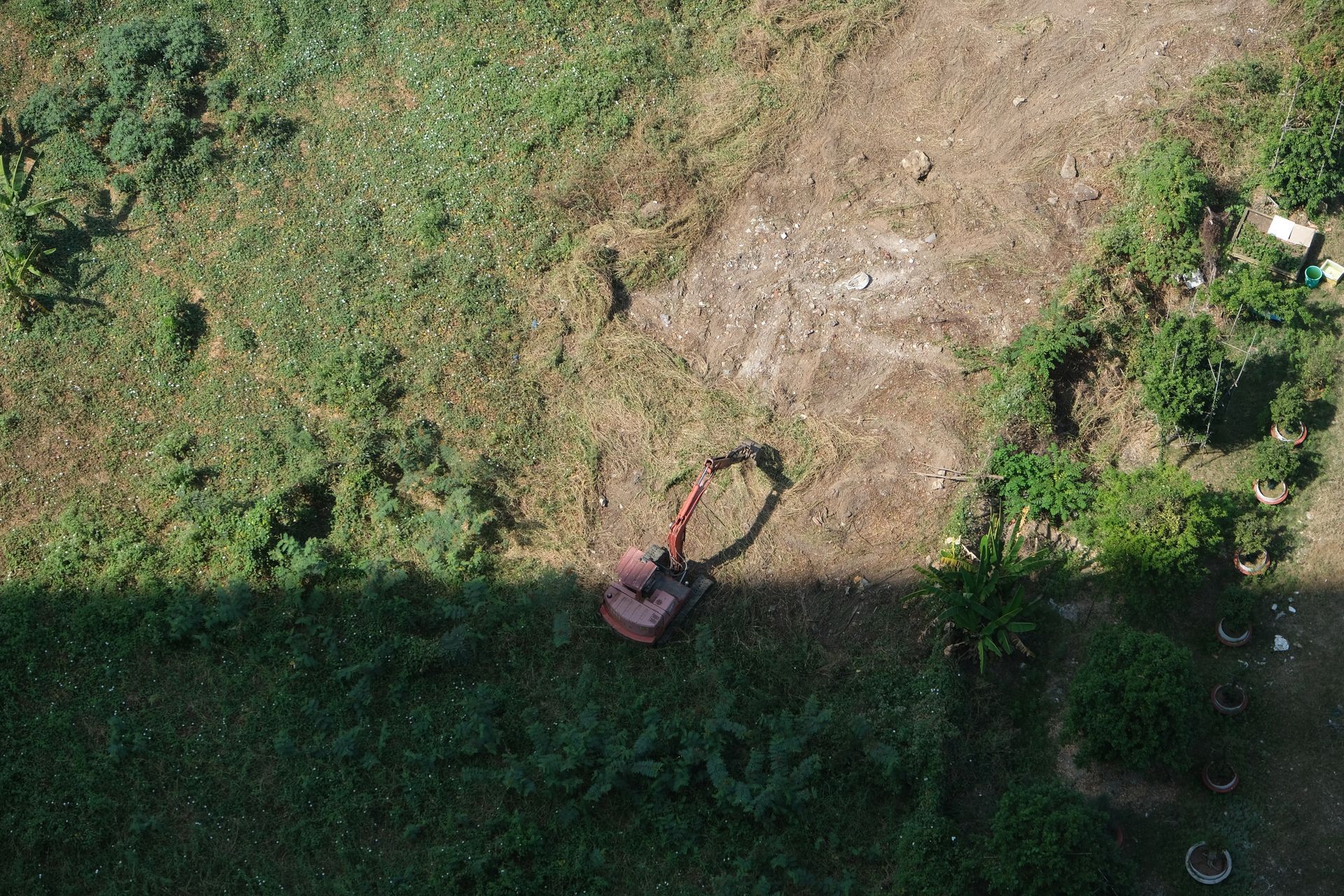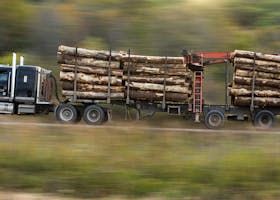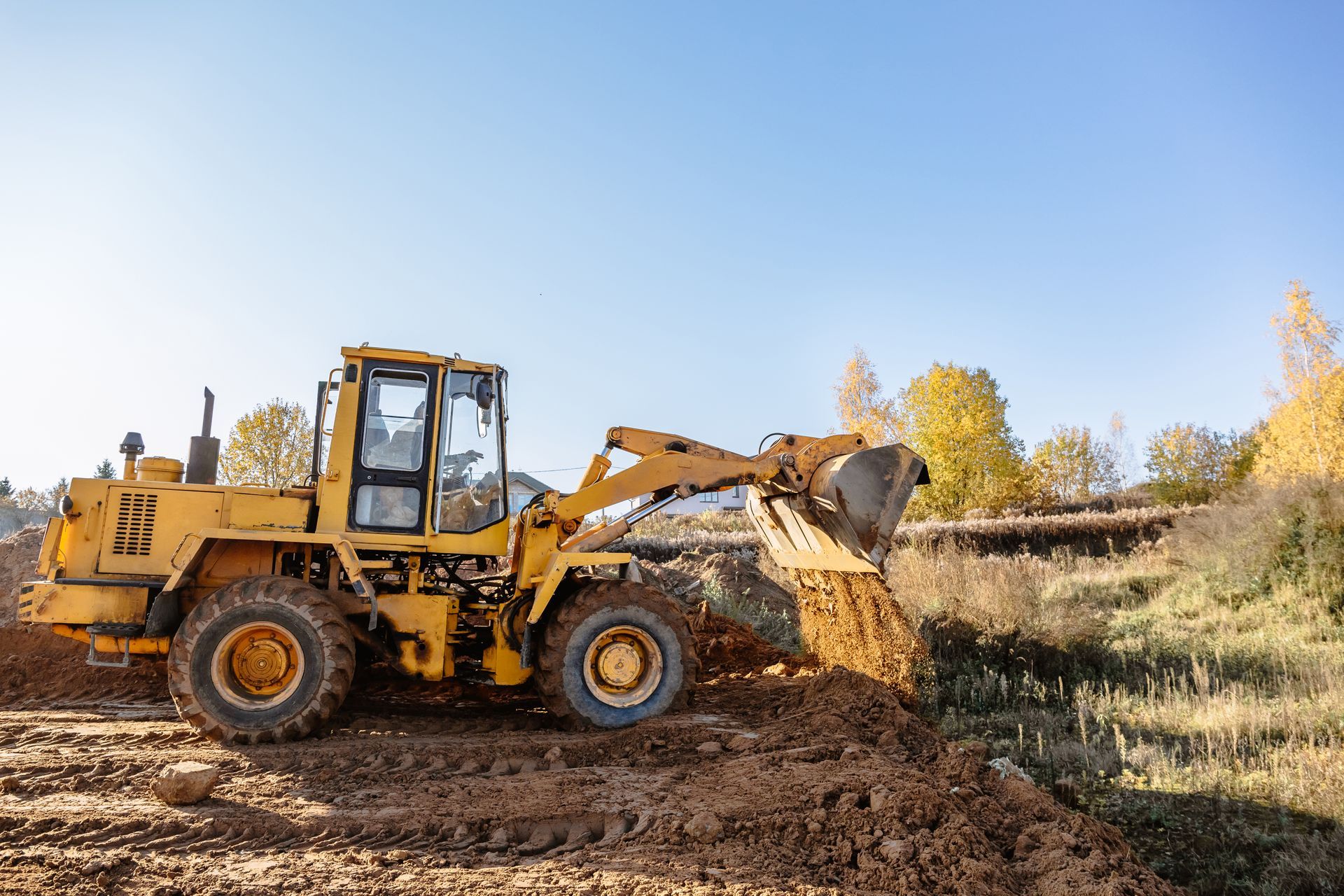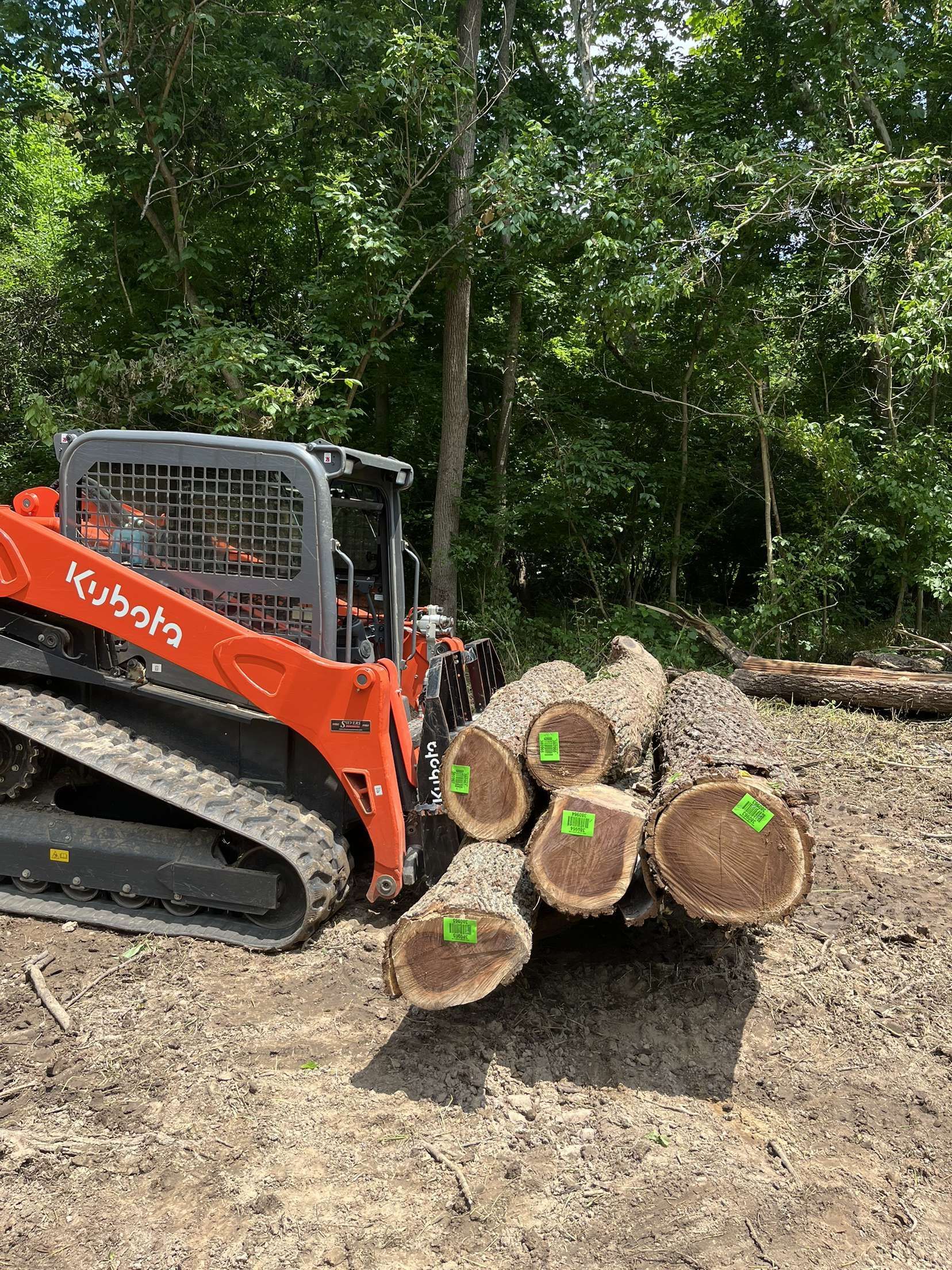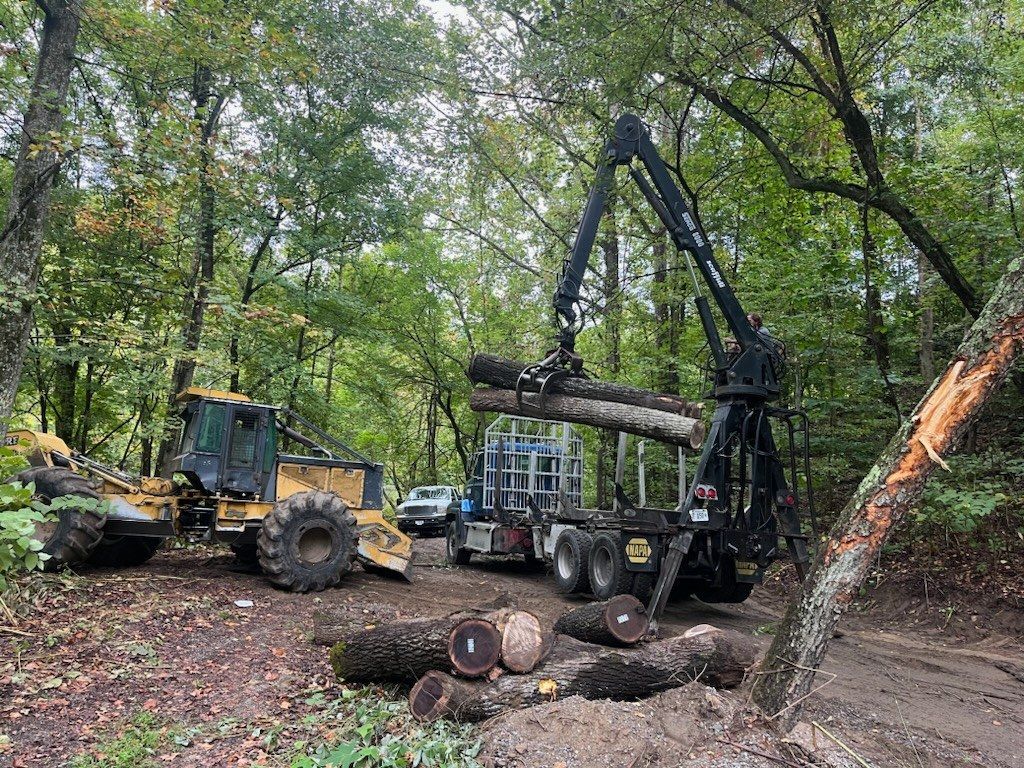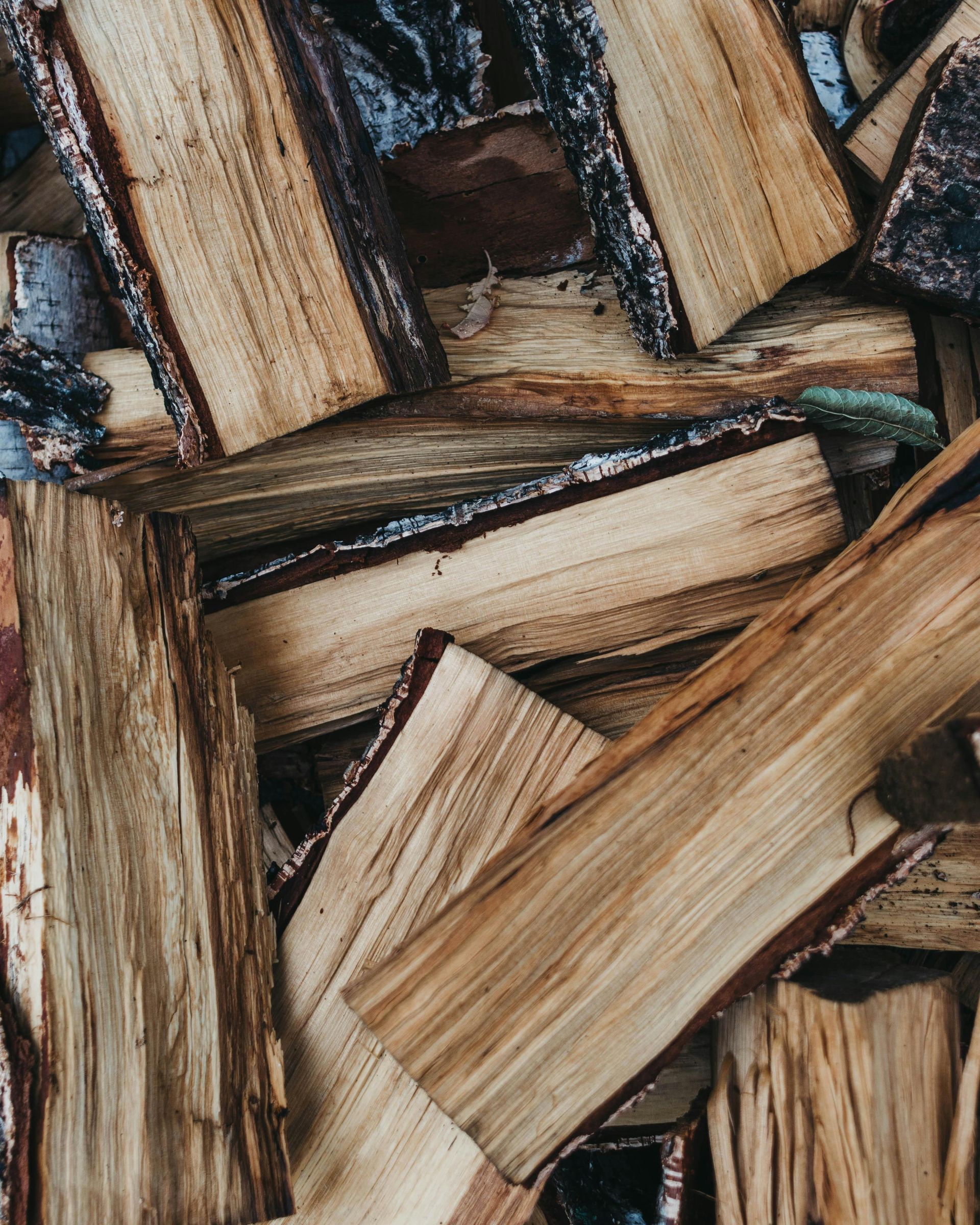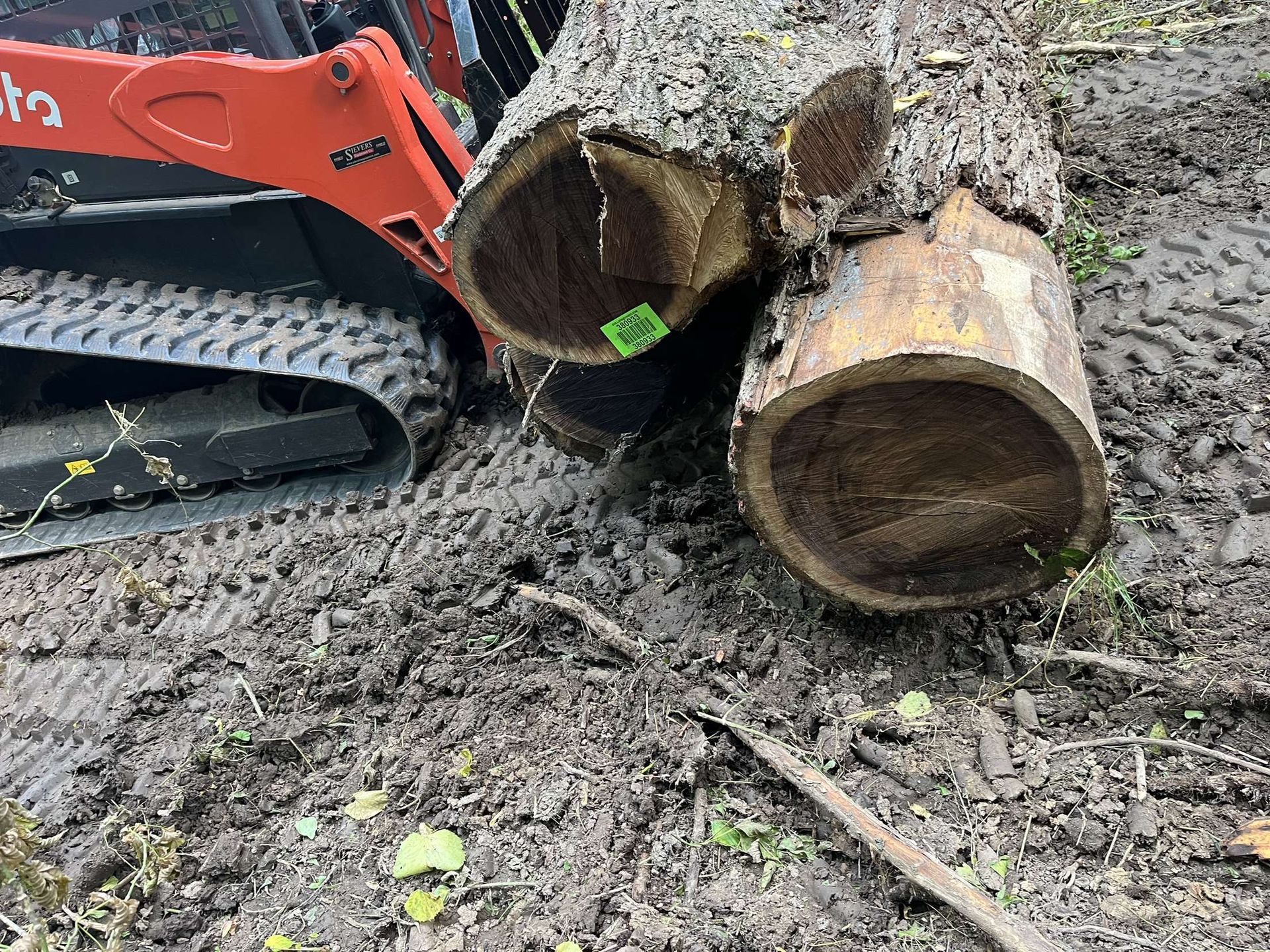Low Impact Logging: Building Resilient Forests for the Future
Low Impact Logging: Building Resilient Forests for the Future
At Grade Timber, we are dedicated to fostering forests that thrive in the face of environmental challenges. Low impact logging (LIL) is a key practice in our mission to promote forest resilience while providing high-quality timber. This blog post explores how low impact logging enhances forest adaptability, protects ecosystems, and supports sustainable land use, showcasing why Grade Timber is a trusted leader in responsible forestry.
What is Low Impact Logging?
Low impact logging is a sustainable forestry method that minimizes environmental harm during timber harvesting. Unlike traditional logging, which can degrade forests and disrupt ecosystems, LIL uses techniques such as selective tree harvesting, carefully planned extraction routes, and specialized equipment to reduce ecological impact. At Grade Timber, we employ these methods to ensure that our forests remain healthy, adaptable, and productive for future generations.
By integrating low impact logging into our operations, we help forests withstand climate change, pests, and other pressures while meeting the needs of landowners and the timber industry. Let’s explore how LIL contributes to building resilient forests.
How Low Impact Logging Enhances Forest Resilience
1. Promoting Natural Regeneration
Resilient forests are those that can regenerate and adapt to changing conditions. Low impact logging supports this by selectively harvesting mature trees while leaving younger trees and undergrowth intact. This approach allows forests to naturally replenish themselves, maintaining a diverse age structure that enhances long-term stability.
At Grade Timber, we carefully assess each forest to determine which trees to harvest, ensuring that the ecosystem continues to regenerate. This practice strengthens forests’ ability to recover from disturbances like storms or droughts, making them more resilient over time.
2. Protecting Soil Stability
Healthy soil is critical for forest resilience, providing the nutrients and structure needed for tree growth. Traditional logging often compacts soil or causes erosion, weakening the forest’s foundation. Low impact logging mitigates these issues by using low-ground-pressure machinery and strategic skid trails to minimize soil disturbance.
By preserving soil stability, Grade Timber’s low impact logging practices support robust root systems and healthy plant growth. This ensures that forests can better withstand environmental stressors, such as heavy rainfall or prolonged dry spells.
3. Safeguarding Water Systems
Forests rely on stable water systems to thrive, and resilient forests help regulate water cycles by filtering and storing water. Conventional logging can disrupt these systems by increasing sediment runoff or damaging streams. Low impact logging protects water systems by avoiding sensitive riparian zones and reducing erosion through careful planning.
Grade Timber’s commitment to low impact logging ensures that water systems remain intact, supporting forest health and providing clean water for ecosystems and communities. This contributes to forests’ ability to adapt to changing precipitation patterns.
4. Supporting Biodiversity for Ecosystem Strength
Biodiversity is a cornerstone of forest resilience, as diverse species help ecosystems adapt to environmental changes. Low impact logging preserves biodiversity by minimizing habitat disruption and protecting areas critical for wildlife, such as nesting sites and migration corridors. By selectively harvesting trees, LIL maintains the ecological balance that supports a wide range of plants and animals.
At Grade Timber, we conduct detailed environmental surveys to identify and protect biodiversity hotspots before logging. Our practices ensure that forests remain vibrant ecosystems capable of withstanding challenges like invasive species or climate shifts.
5. Enhancing Carbon Storage Capacity
Forests are vital for mitigating climate change by storing carbon in trees and soil. Resilient forests maintain this capacity even under environmental stress. Low impact logging supports carbon storage by preserving the majority of a forest’s biomass, unlike clear-cutting, which releases stored carbon and weakens forests’ climate benefits.
Grade Timber’s low impact logging practices help forests continue to act as carbon sinks, contributing to climate resilience. By choosing our sustainable timber, landowners play a role in building forests that combat global warming while providing valuable resources.
6. Reducing Vulnerability to Pests and Diseases
Healthy, resilient forests are better equipped to resist pests and diseases, which are becoming more prevalent due to climate change. Low impact logging reduces forest stress by maintaining canopy cover and minimizing soil and tree damage. This creates conditions less favorable to pests and pathogens, which often thrive in disturbed environments.
Grade Timber’s low impact logging strategies include monitoring forest health to identify potential threats early. By fostering resilient ecosystems, we help forests stay strong against biological challenges, ensuring their long-term viability.
7. Empowering Landowners with Sustainable Practices
Low impact logging empowers landowners to manage their forests sustainably, ensuring that their land remains productive and resilient. By preserving forest health, LIL provides a reliable source of timber while maintaining the land’s ecological and economic value. This approach supports landowners in adapting to environmental changes while meeting their goals.
At Grade Timber, we partner with landowners to create tailored low impact logging plans that balance immediate needs with long-term forest health. Our expertise ensures that your land remains a resilient, valuable asset for generations.
8. Fostering Community Resilience
Resilient forests benefit not only ecosystems but also the communities that depend on them. Low impact logging supports community resilience by creating sustainable jobs, preserving natural resources, and promoting environmental stewardship. Healthy forests provide recreational opportunities, clean water, and economic stability for rural areas.
Grade Timber engages with local communities to share the benefits of low impact logging and foster a collaborative approach to forest management. By investing in sustainable practices, we strengthen the bond between people and the forests they rely on.
Why Choose Grade Timber for Low Impact Logging?
At Grade Timber, we are committed to building resilient forests through low impact logging. Our approach combines expertise, innovation, and a passion for sustainability, making us a trusted partner for landowners and businesses. Here’s why clients choose us:
- Experienced Team: Our forestry professionals are skilled in low impact logging techniques, ensuring minimal environmental impact and high-quality timber.
- Advanced Equipment: We use specialized machinery designed to protect soil, water, and trees, enhancing forest resilience.
- Customized Plans: We work closely with clients to develop logging strategies that align with their environmental and economic goals.
- Commitment to Sustainability: Our practices meet rigorous standards for responsible forestry, ensuring forests thrive for future generations.
By choosing Grade Timber, you’re investing in forests that are resilient, productive, and sustainable. Our low impact logging services deliver premium timber while safeguarding the environment.
Get Started with Grade Timber Today
Low impact logging is a powerful tool for building forests that can adapt to environmental challenges while providing valuable resources. At Grade Timber, we’re proud to lead the way in sustainable forestry, helping landowners and communities create resilient ecosystems.
Ready to discover how low impact logging can benefit your land? Contact Grade Timber today to learn more about our services and how we can help you manage your forest sustainably. Together, we can build a future where forests thrive and communities prosper.
Visit Grade Timber to explore our low impact logging solutions and start building a resilient forest today.
